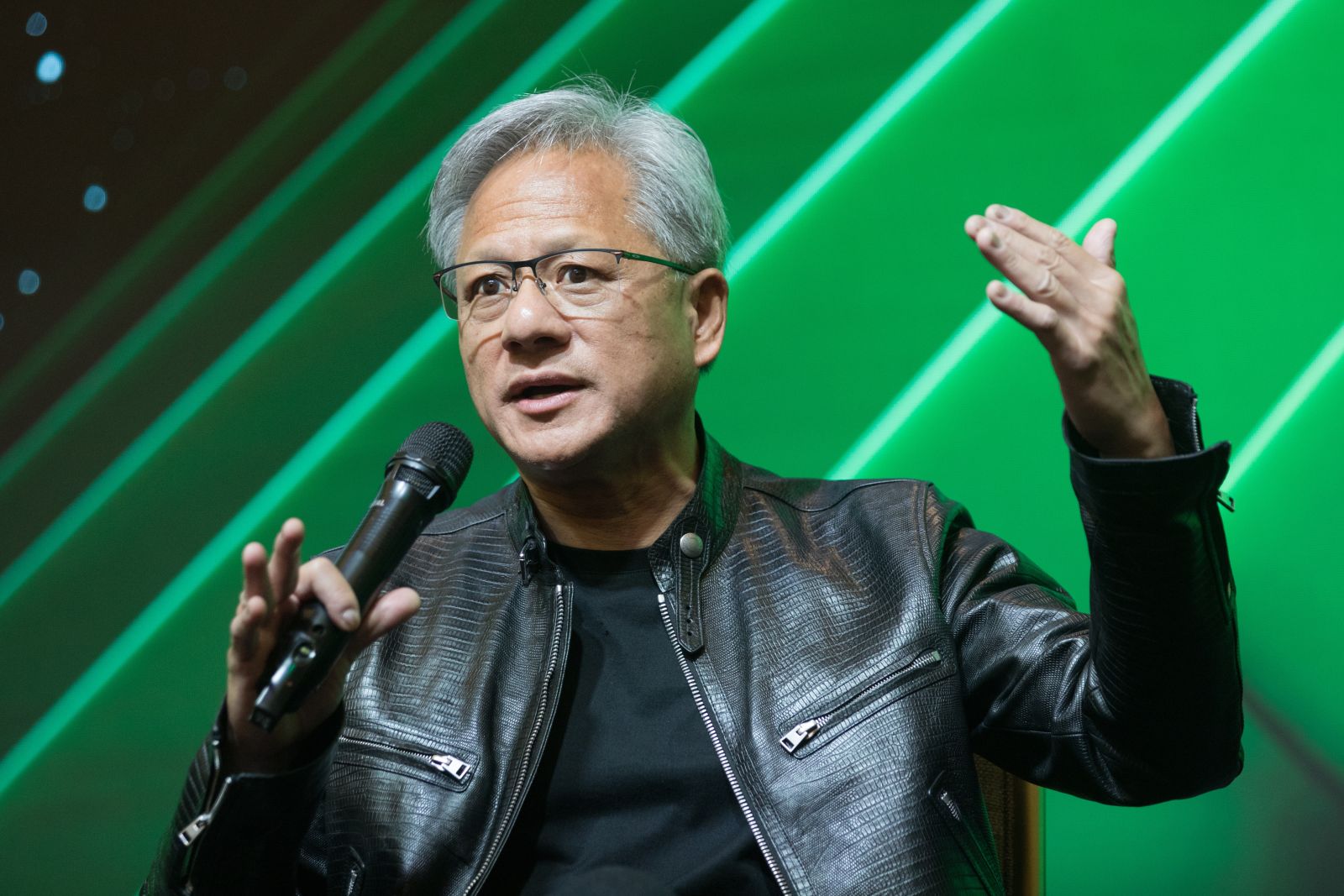/Tesla%20Charging%20Station%20Plugged%20In.jpg)
Tesla (TSLA) stock has outperformed since the beginning of the year, with shares of this electric vehicle (EV) giant gaining over 78% year-to-date. However, Tesla stock has pulled back significantly over the past month, resulting in about a 16% decline. This downturn can be attributed to heightened competition in the EV market and the impact of rising interest rates, which has affected automakers, including Tesla. Additionally, the company has consistently reduced its average selling prices throughout the year to grow its share, impacting both its margins and stock price.

Given this context, let's explore the factors to determine whether Tesla stock is a buy at this point. However, prior to analyzing the advantages and drawbacks, let’s gain a deeper understanding of Tesla.
About Tesla
Tesla designs and manufactures fully electric vehicles, solar energy generation solutions, and energy storage devices. In addition, the company provides various services such as maintenance, installation, operation, financial assistance, and more, all in connection with its product offerings. Furthermore, Tesla has a growing emphasis on offerings centered around artificial intelligence (AI), robotics, and automation.
In 2023, Tesla produced 1,350,996 consumer vehicles and delivered 1,324,074 consumer vehicles through the third quarter. Moreover, it deployed 11.52 gigawatt hours of energy storage products and 182 megawatts of solar energy systems during the same period.
The Bull Case
Tesla is poised to retain its dominant position in the EV market, even in the face of intensified competition. This can be attributed to the company's commitment to expanding its manufacturing capabilities, including the production of new vehicle models and next-generation platforms. Furthermore, Tesla's cost reduction efforts, continuous innovation, and ability to procure and manufacture components locally enable the company to offer its vehicles at competitive prices and capture a significant market share.
Since Tesla is also a cost leader in the EV sector, it boasts industry-leading margins. The company is leveraging its margin gap with peers to aggressively cut prices and boost volumes, placing significant pressure on competitors who are forced to slash their prices, even at the expense of their profitability. In the future, its focus on reducing the cost of goods sold per vehicle will enable it to drive volumes and present formidable challenges to its rivals.
Besides lowering the cost per vehicle, Tesla continues to generate demand and brand awareness for its cars by improving the performance and functionality. This includes products driven by artificial intelligence, like Autopilot and Full Self-Driving (FSD), as well as various software features. Additionally, the introduction of new vehicles, such as the highly-anticipated Cybertruck, positions the company favorably to safeguard its market share.
To sum it up, Tesla is well-positioned to not only protect its leadership in the EV space but also expand it further. This will help the company to benefit from the ongoing electrification of the automotive sector and growing environmental regulations and initiatives.
The Bear Case
While Tesla is well-positioned to gain in the long term, its lower pricing strategy could offset the benefits from its efforts to reduce costs and weigh on its earnings over the coming quarters. This may limit the upward potential of its stock.
Already, Tesla's operating margin has fallen from 17.2% in the third quarter of 2022 to 7.6% in the third quarter of 2023. This substantial decline indicates that Tesla's margin advantage over its competitors has diminished, raising concerns about its valuation.
It’s worth noting that Tesla stock historically traded at a premium compared to peers owing to its solid volumes and industry-leading margins. However, as the margin gap with the competitors narrows, justifying Tesla's premium valuation becomes more challenging.
The Final Takeaway: Buy, Sell, Or Hold?
Tesla is well positioned for long-term growth, given its leading position in the EV market and growing vehicle production and delivery. Further, its comprehensive range of solutions, including charging infrastructure, energy storage, FSD, and software services, bode well for future growth.
Nonetheless, Tesla's profit margins are anticipated to face persistent challenges in the foreseeable future. This is primarily attributable to reduced average selling prices and increased investments in artificial intelligence and other research and development projects. As a result, the potential for upside in the stock may be limited - and the majority of analysts refrain from endorsing TSLA in the near term.
Of the 26 analysts covering Tesla stock, seven have a “Strong Buy” recommendation, two recommend “Moderate Buy,” 14 have a “Hold,” and three suggest “Strong Sell.” Moreover, the average price target is $239.08, which implies a mere 9% upside potential from current levels.

On the date of publication, Sneha Nahata did not have (either directly or indirectly) positions in any of the securities mentioned in this article. All information and data in this article is solely for informational purposes. For more information please view the Barchart Disclosure Policy here.




/Tesla%20Inc%20tesla%20by-%20Iv-olga%20via%20Shutterstock(1).jpg)
/Chipotle%20Mexican%20Grill%20lunch%20by-%20dennizn%20via%20Shutterstock.jpg)
/Stickers%20with%20AMD%20Radeon%20and%20Nvidia%20GeForce%20RTX%20graphics%20on%20new%20laptop%20computer%20by%20Piotr%20Swat%20via%20Shutterstock.jpg)
